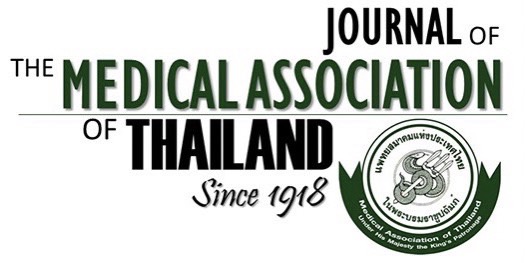The Pharmacokinetic Study of Progesterone and Allopregnanolone in Patients with Drug-Resistant Epilepsy: A Phase II Study
Marisa Senngam¹, Juthathip Suphanklang²,³, Wichai Santimaleeworagun²,⁴, Piradee Suwanpakdee⁵, Pornsawan Mekhasingharrak⁶,⁷, Chanittha Dhapasita⁷, Pasiri Sithinamsuwan⁷
Affiliation : ¹ College of Pharmacotherapy Thailand, Nonthaburi, Thailand, ² Department of Pharmaceutical Care, Faculty of Pharmacy, Silpakorn University, Nakhon Pathom, Thailand, ³ Silpakorn University Research and Development Group in Pharmaceutical Care (SURP), ⁴ Antibiotic Optimization and Patient Care Project by Pharmaceutical Initiative for Resistant Bacteria and Infectious Diseases Working Group (PIRBIG), ⁵ Department of Pediatrics, Phramongkutklao Hospital and College of Medicine, Bangkok, Thailand, ⁶ Regional Health Promotion Centre 2 Phitsanulok, Phitsanulok, Thailand, ⁷ Department of Medicine, Phramongkutklao Hospital and College of Medicine, Bangkok, Thailand
Background: Progesterone, one of a class of neurosteroids, has been linked to seizure control. However, the pharmacokinetics of progesterone and its active metabolite, allopregnanolone, have never been investigated among patients with drug-resistant epilepsy (DRE).
Objective: To investigate the pharmacokinetics of progesterone, 400 mg micronized progesterone per oral every 12 hours for three months, among patients with DRE as an add-on therapy for seizure control. The pharmacokinetic parameters were examined using Phoenix WinNonlin® Software.
Results: Twelve patients were recruited. The biochemical measurements of the serum progesterone and allopregnanolone levels after taking the first dose of micronized progesterone were characterized by a time to maximum concentration (Tmax) median of 1.0 and 2.5 hours, a maximum concentration (Cmax) median of 274.97 and 3.81 ng/mL and a minimum concentration (Cmin) median of 56.93 and 1.06 ng/mL, respectively. The median values of the pharmacokinetic parameters of progesterone and allopregnanolone during the steady state were as follows: half-life (t1/2) of 2.4 and 2.1 hours, a Cmax of 964.35 and 8.92 ng/mL and a Cmin of 64.67 and 1.86 ng/mL, respectively. By examining the relationship between progesterone or allopregnanolone concentrations with seizure-controlling ability, the authors were able to identify a responder patient group with 5- to 7-fold higher serum concentrations of progesterone and 2- to 4-fold in allopregnanolone than the non-responders.
Conclusion: The present study revealed the pharmacokinetic parameters of progesterone and allopregnanolone. Moreover, the authors could establish higher serum levels of both progesterone and allopregnanolone, which could consequently relate to lowering the seizure frequency among patients with DRE.
Received 28 February 2022 | Revised 15 June 2022 | Accepted 22 June 2022
DOI: 10.35755/jmedassocthai.2022.08.13441
Keywords : Neurosteroids; Dose regimens; Epilepsy; Pharmacokinetics; Drug-resistant epilepsy



